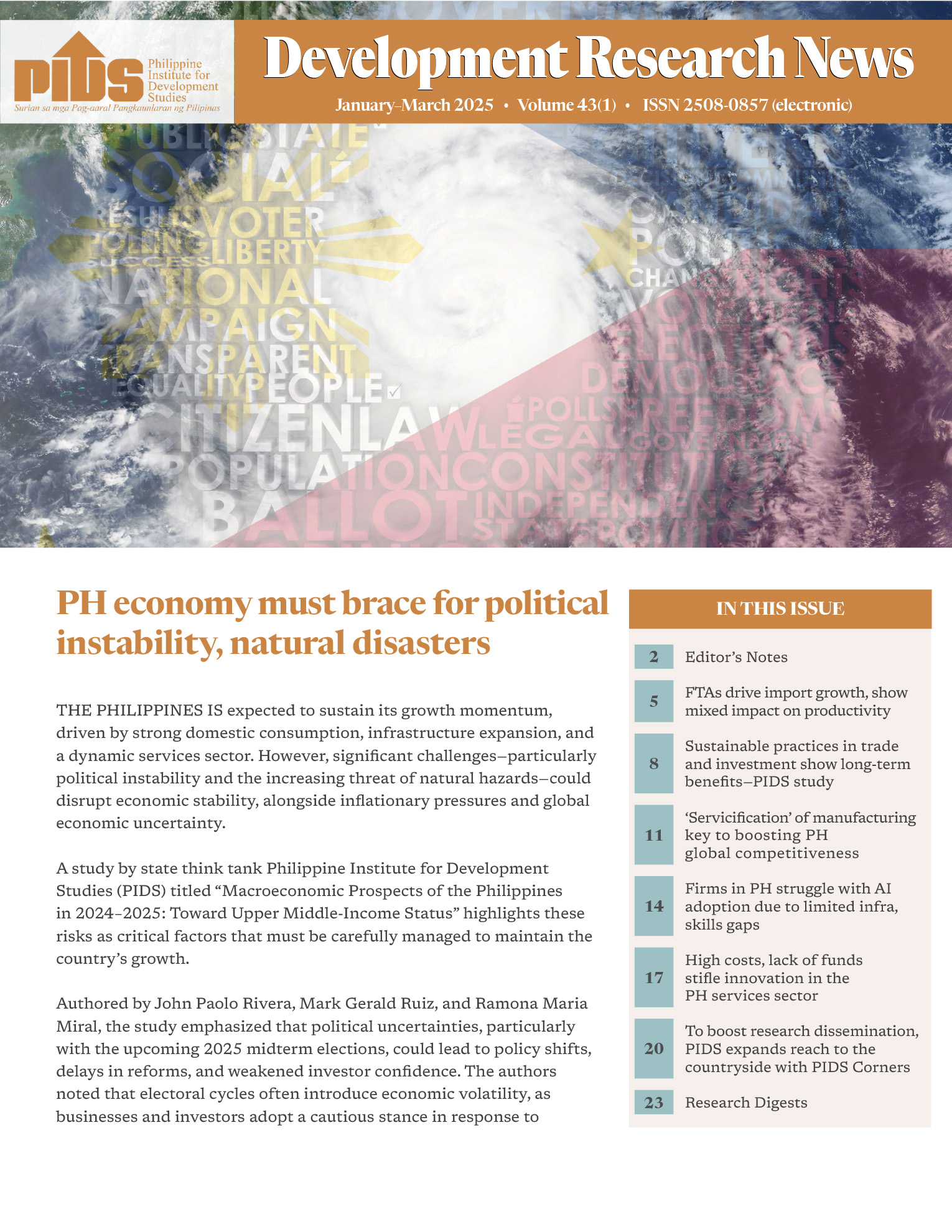The Philippines’ balance of payments (BOP) settled with a deficit of $2.6 billion in April, wider by 30 percent than the $1.97 billion deficit recorded in March, the Bangko Sentral ng Pilipinas (BSP) said.
Compared with the year earlier, the April 2025 BOP gap was 303 percent bigger than the $639 million deficit in April 2024, BSP data showed.
In a statement, the BSP said the deficit reflected the national government’s drawdowns on its foreign currency deposits with the central bank to meet its external debt obligations and pay for its various expenditures.
The BSP also said it had to dip into its foreign reserves to fund its operations in the foreign exchange market.
The April deficit brought the cumulative BOP level to a $5.5 billion deficit, equal to 1,271.5 percent from the $401 million deficit from January to April 2024.
“Based on preliminary data, this year-to-date BOP mainly reflected the widening trade deficit in goods,” the BSP said.
“This decline was partly muted, however, by the continued net inflows from personal remittances from overseas Filipinos and foreign borrowings by the national government,” the BSP added.
The BOP summarizes the country’s economic transactions with the rest of the world over a specific period.
Decrease in GIR
The BSP said April’s BOP position mirrored the decrease in the final gross international reserves (GIR) to $105.3 billion as of end-April, down from $106.7 billion as of end-March.
The GIR consists of Philippine investments abroad, gold and foreign exchange holdings, the country’s reserve position in the IMF, and its special drawing rights.
Despite the decline, the BSP said the latest GIR level still provides a robust external liquidity buffer.
“It is equivalent to 7.3 months’ worth of imports of goods and payments of services and primary income. Additionally, it covers approximately 3.7 times the country’s short-term external debt based on residual maturity,” BSP said.
Pressure on the peso
Philippine Institute for Development Studies senior research fellow John Paolo Rivera said the deficit underscores the need to boost exports and attract more stable capital inflows.
“The wider BOP deficit in April reflects sustained import growth, external debt repayments, and weaker inflows from FDIs and remittances. It signals pressure on the peso and reserves amid global trade uncertainties, especially from recent US tariff moves,” Rivera said.
Michael Ricafort, RCBC’s chief economist, said the BOP data could still improve and lead to better GIR data in the future.
“BOP may improve in part due to the proceeds of the national government’s foreign currency-denominated borrowings from both commercial sources,” Ricafort said, adding that the national government has programmed $3.5 billion in commercial borrowings for 2025.
He said other factors that could boost the BOP position include continued growth in OFW remittances, BPO revenues, exports, foreign tourism receipts, and other structural US dollar inflows of the country.
Ricafort said these will be offset by the national government’s net payment of foreign debts and payment of various expenditures denominated in US dollars.
“Any improvement in BOP data and GIR data for the coming months could still help provide a greater cushion for the peso,” Ricafort added.









